What's the meaning of the Opal »
Opal
This page is about the meaning, origin and characteristic of the symbol, emblem, seal, sign, logo or flag: Opal.
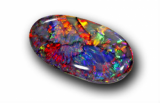
Opal is one of the “oddballs” of the gemstone family. Composed primarily of hardened silica, its water content is much higher than most crystalline gems (around 10% of the total mass of many specimens). This makes opals fairly fragile and can cause them to crack easily. On the other hand, opals' high water content and delicate silica structure- which causes their characteristic rainbow coloring- are both key contributors to the stone's symbolic meaning.
The word opal is believed to derive from the Sanskrit word “upala” (meaning ‘precious stone’), and human fascination with opals dates back centuries; the ancient Romans mined them in regions corresponding to modern-day Slovakia and the Czech Republic, and Mexican “fire opals” were mined by the Aztecs.
Today, most of the world’s opals are mined in Australia, where extensive deposits were discovered in the 19th century. The Aborigines of Australia- who have inhabited the continent for more than 40,000 years- consider the opal sacred, and the stone is featured in the mythology of various groups. One story tells of how a creator spirit came down to earth on a rainbow, and where that rainbow touched the ground, those rocks and stones became the first opals. The bright iridescence of the stones also led the Aborigines to believe that they contained fire, and another story relates how a pelican was pecking at opals when sparks began to fly out, thus fire was discovered. Today, the opal is the national stone of Australia, demonstrating the survival of this ancient indigenous symbolism.
As mentioned earlier, the delicate physical nature of opals is an important factor in their symbolic meaning: Opals can change color and even crack when exposed to extremes of temperature, or rapidly varying temperatures. They can even become translucent when submerged in water. In some cases, this changeability has caused the opal to be viewed as unlucky. During the Black Death of the 14th century, it was noticed that opals became richer in color when a person was stricken with disease and that this richness disappeared once the person died. Since a sudden fever is one of the first noticeable symptoms of bubonic plague, the main pandemic of the Black Death, it’s not surprising that people of the Middle Ages observed the effect this change in body temperature had on opals and associated it with ill fortune.
In the 19th century, the opal garnered further negative symbolism through the publication of Sir Walter Scott’s novel Anne of Geierstein. An opal worn by the character Hermione acts as a mood indicator, changing color according to her emotional state, and the splashing of the opal with Holy Water causes the stone to loose its color and the character to turn into ash. Although it has been debated exactly how much Scott’s novel contributed to the opal’s negative reputation, or when that reputation became negative in the first place, such phenomena are in line with the actual physical properties of opals.
Opals are also the traditional birthstone for the month of October.
- 1,453 Views
Graphical characteristics:
Asymmetric, Closed shape, Colorful, Contains curved lines, Has no crossing lines.
Categories: Gemstones and Natural Substances, Miscellaneous.
More symbols in Gemstones and Natural Substances:
In addition to plants, animals, and geographic features and phenomena, the natural world is home to a vast array of materials and substances that all carry symbolic meaning. This meaning may be rathe… read more »
More symbols in Miscellaneous:
Symbols without any special category attribution but that are widely used worldwide. read more »
Citation
Use the citation below to add this symbol to your bibliography:
Style:MLAChicagoAPA
"Opal." Symbols.com. STANDS4 LLC, 2025. Web. 3 Mar. 2025. <https://www.symbols.com/symbol/opal>.


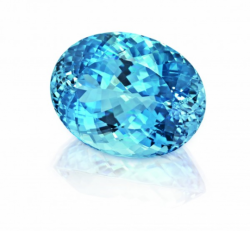
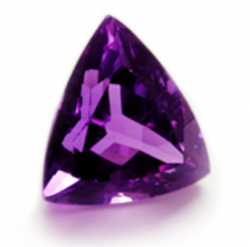
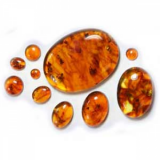
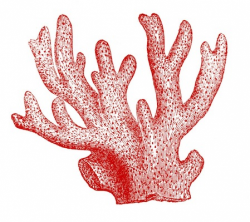
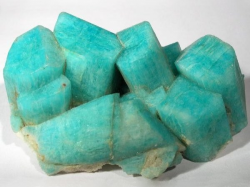
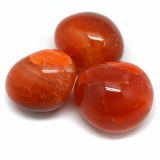









Have a discussion about Opal with the community:
Report Comment
We're doing our best to make sure our content is useful, accurate and safe.
If by any chance you spot an inappropriate comment while navigating through our website please use this form to let us know, and we'll take care of it shortly.
Attachment
You need to be logged in to favorite.
Log In